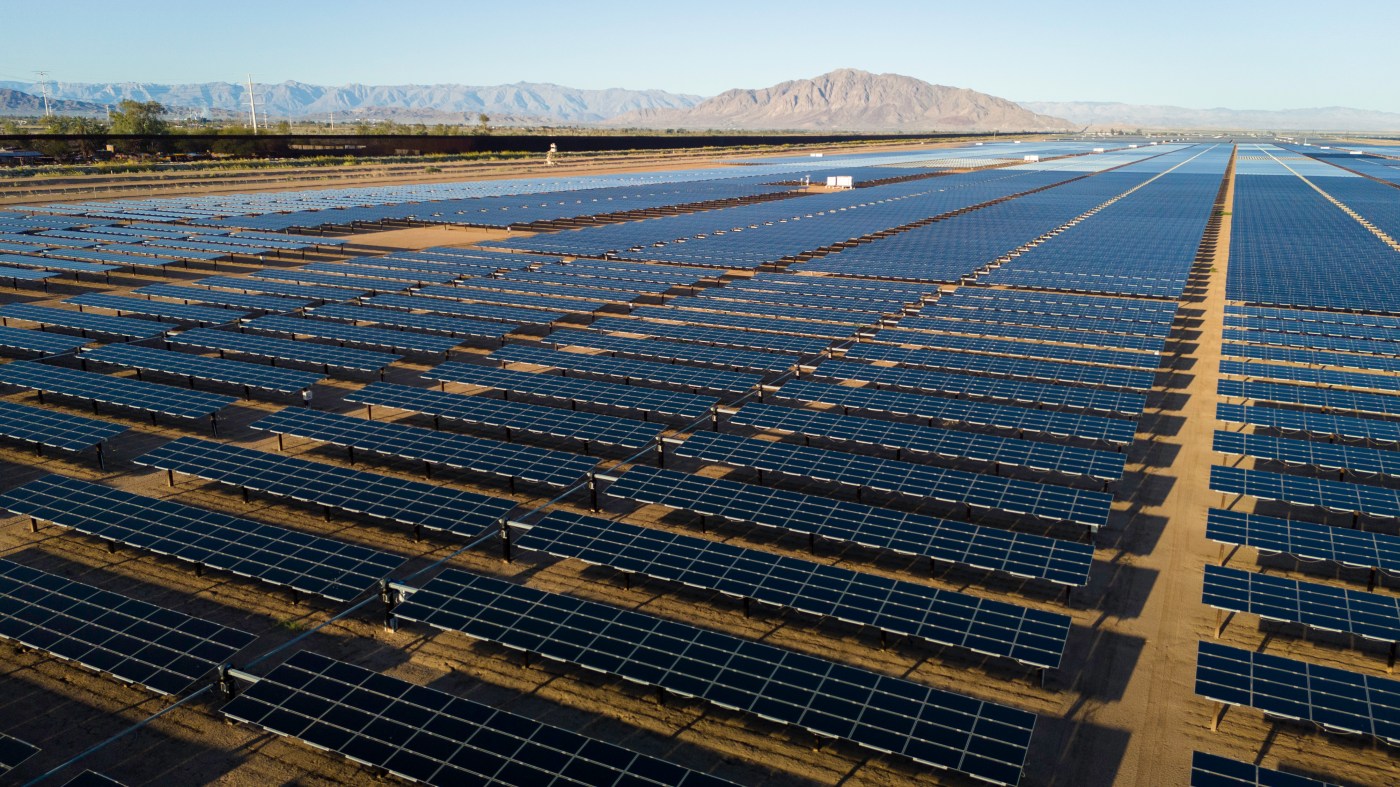UPDATE: California has just taken a major step towards reshaping its electricity market, with Governor Gavin Newsom signing AB 825 into law on September 19, 2023. This groundbreaking legislation aims to create a streamlined electricity market across the Western United States, allowing California to sell surplus solar energy more efficiently and potentially reduce soaring electricity bills for residents.
The new law, which passed with overwhelming bipartisan support—34-0 in the state Senate and 74-1 in the Assembly—addresses California’s ongoing struggle with excess solar energy production, especially during sunny spring months when demand is low. The legislation aims to forge agreements with up to ten other states, including Arizona and Nevada, culminating in the establishment of a new regional organization by 2028 to oversee a modernized power grid.
Supporters argue that this initiative will promote competition, lower prices, and accelerate California’s green energy revolution. “We’re basically buying it from 7-11. The new market would be more like Costco,” said Katelyn Roedner Sutter, state director of the Environmental Defense Fund. This change could save California residents between $294 million and $790 million annually due to increased competition.
However, the law has sparked concern among critics who fear it might repeat the mistakes of the past, such as the disastrous deregulation of the 1990s that led to blackouts and price-gouging. Environmental groups and consumer advocates, including Consumer Watchdog and the Center for Biological Diversity, warn that California could lose control over its energy policies, potentially allowing other states to influence regulations that protect the environment and consumer rights.
The legislation will empower the California Public Utilities Commission and the Independent System Operator to decide whether to join the new market after January 1, 2028. Co-author Sen. Josh Becker emphasized that California retains the option to withdraw, ensuring local laws—like the mandate for 100% carbon-free electricity by 2045—remain intact.
As California’s electricity demand continues to grow, driven by the rise of electric vehicles and data centers, this new market could also mitigate risks of blackouts during peak summer months. Experts predict that better connections with neighboring states will enhance grid reliability, making energy supply more resilient.
This legislative move not only impacts California but could also influence energy markets across the West, as other states seek to sell renewable energy to the nation’s most populous state. The urgency of this transformation highlights a critical moment in California’s ongoing battle against high electricity costs and environmental challenges.
As the state prepares to navigate the complexities of this new market, all eyes will be on the California Public Utilities Commission and the Independent System Operator to ensure that the interests of residents and the environment are safeguarded. The implications of this law are immediate and profound—potentially reshaping the energy landscape for millions.
Stay tuned for more updates as this developing story unfolds.





































































